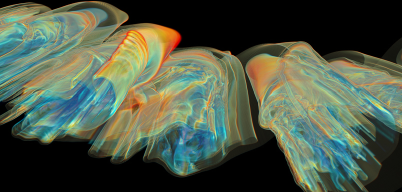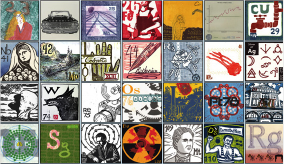Related to my previous post, I now have an ErdÅ‘s number of 4. Another thing I’ve always wanted! Here are the details and an explanation of ErdÅ‘s numbers for those who aren’t familiar with them.
I’ve posted previously about the mathematician Paul ErdÅ‘s. Among other things, ErdÅ‘s was insanely prolific and published 1,475 papers with 511 collaborators. Since one of his many areas of interest was graphs, it’s not surprising that a collaboration graph of his co-authors, and their co-authors, and so on…should be of interest. Courtesy of Wikipedia:
The ErdÅ‘s number…describes the “collaborative distance” between a person and mathematician Paul ErdÅ‘s, as measured by authorship of mathematical papers. It was created by friends as a humorous tribute to the enormous output of ErdÅ‘s, one of the most prolific modern writers of mathematical papers, and has become well-known in scientific circles as a tongue-in-cheek measurement of mathematical prominence.
The Erdős collaboration graph is too huge to visualize, sadly, but the Erdős Number Project site has some interesting facts about the graph. Unfortunately, I think this information is skewed because it is based only on papers published in mathematical journals, while the high degree of interdisciplinary collaboration means that many people outside of mathematics have finite Erdős numbers. Anyway, according to this information, about 83,642 other people have Erdős number 4 (probably a gross underestimate.)
My relationship to Erdős comes from the fact that one of my co-authors, Michael Brudno, was a collaborator with at least two authors with Erdős number 2: Serafim Batzoglou and Lior Pachter. Each of those authors is a co-author with Daniel J. Kleitman, who not only has Erdős number 1, but has the lowest known Erdős-Bacon number: 3.
It’s conceivable that through one of Mike Brudno’s other collaborators, his number could in fact be 2, making mine 3, but confirming or disconfirming that would be too laborious. I’m more than satisfied with 4, which is slightly lower than the mean–especially considering that I never dreamed I’d have an ErdÅ‘s number at all!








